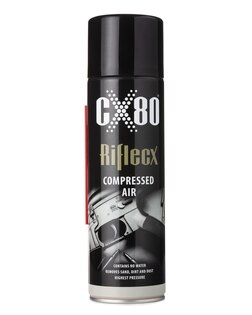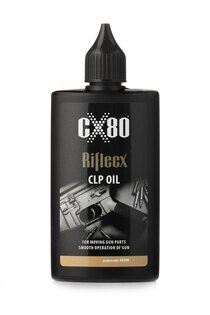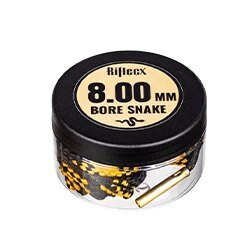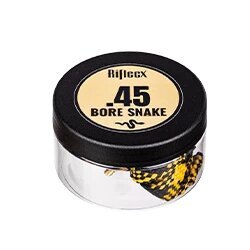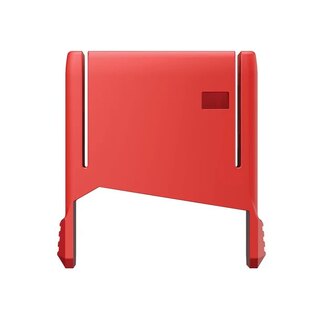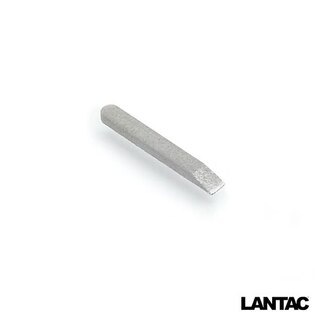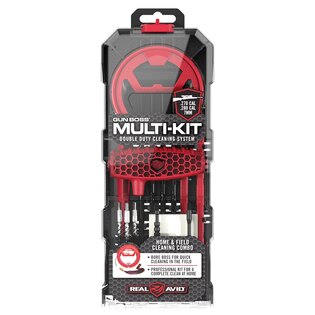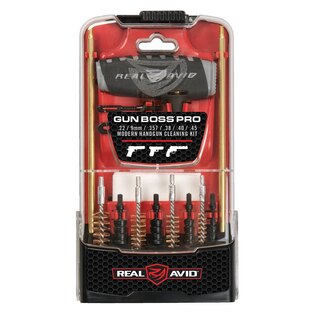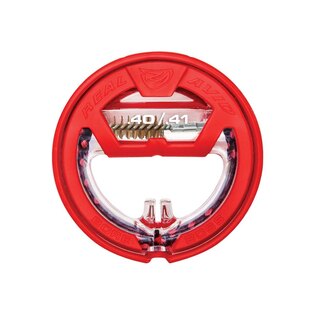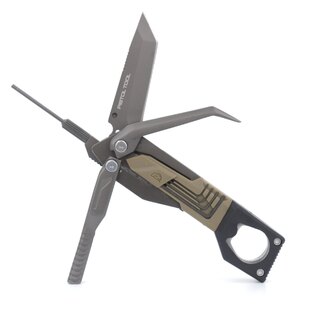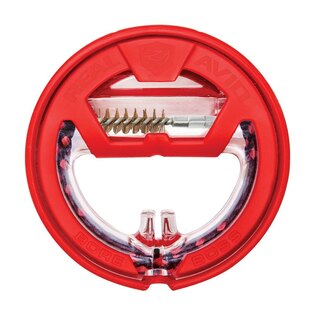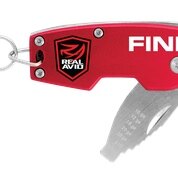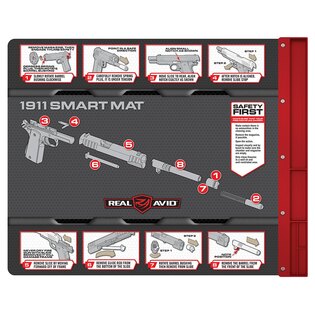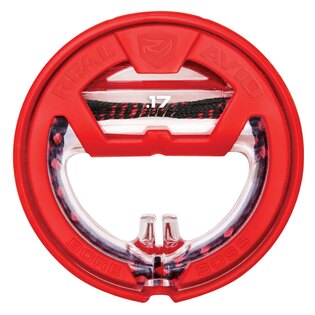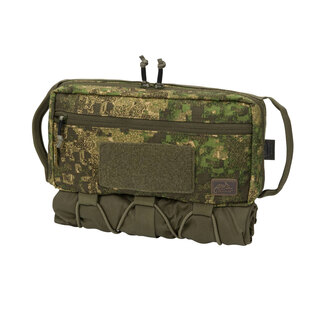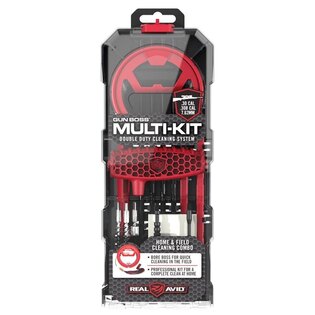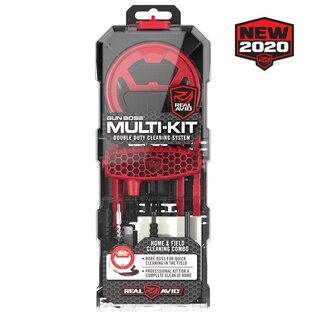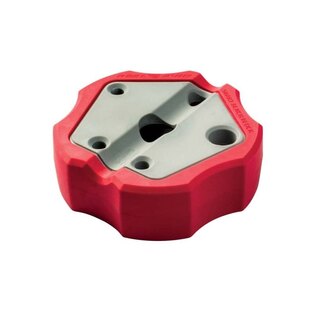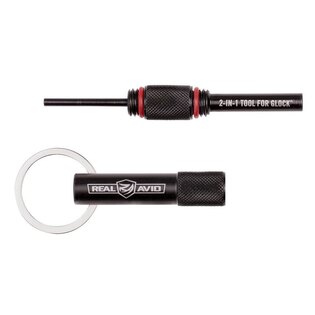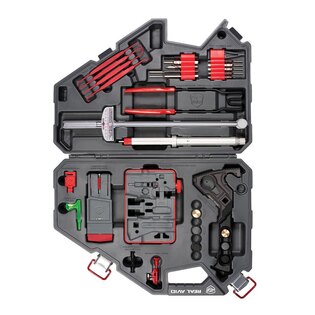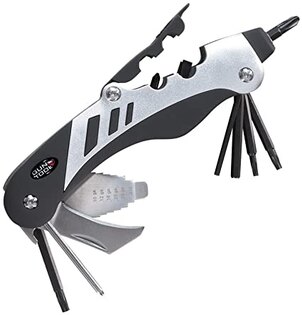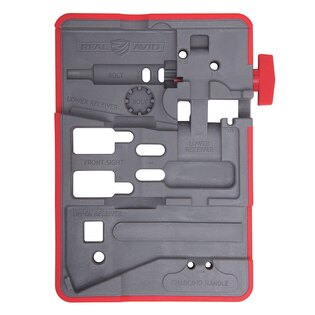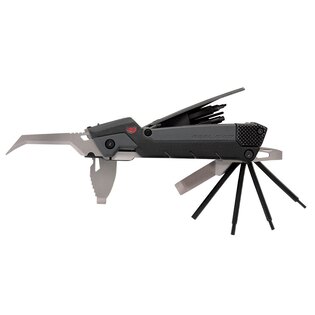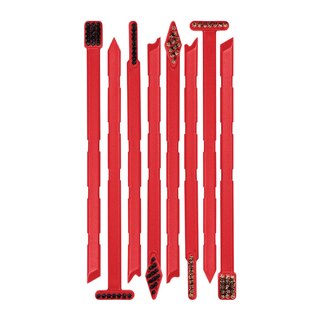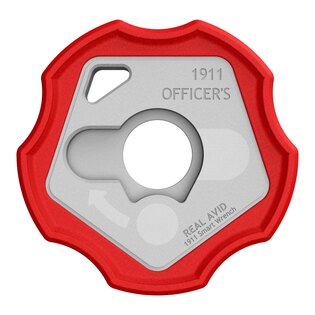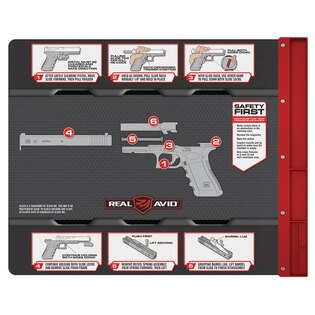Weapons that have been through floods need treatment. What not to forget?
This year's floods have caused material damage to many people, the removal of which has and unfortunately will likely still require a lot of time and effort. And even though it may not always be immediately apparent with weapons, they also need "saving." Floodwater contains impurities, chemicals, or bacteria that can very quickly cause surface corrosion and other problems. So, if you've been neglecting your weapons a bit after the floods, there's still time to fix it. In this article, we'll explain how to do it!
TIP: Unfortunately, the floods also affected the new Rigad store in Ostrava. Check out our ‘flood’ video on the Rigad YouTube channel where you can see how different types of weapons withstood the high water and how their maintenance was carried out. A discount of 5, 10, or 15% are now applied to the ‘flooded’ items that have undergone thorough treatment according to the previous level of damage. For more information, follow our social media (Facebook: Rigad, IG: @Rigad), where you'll find out more soon!
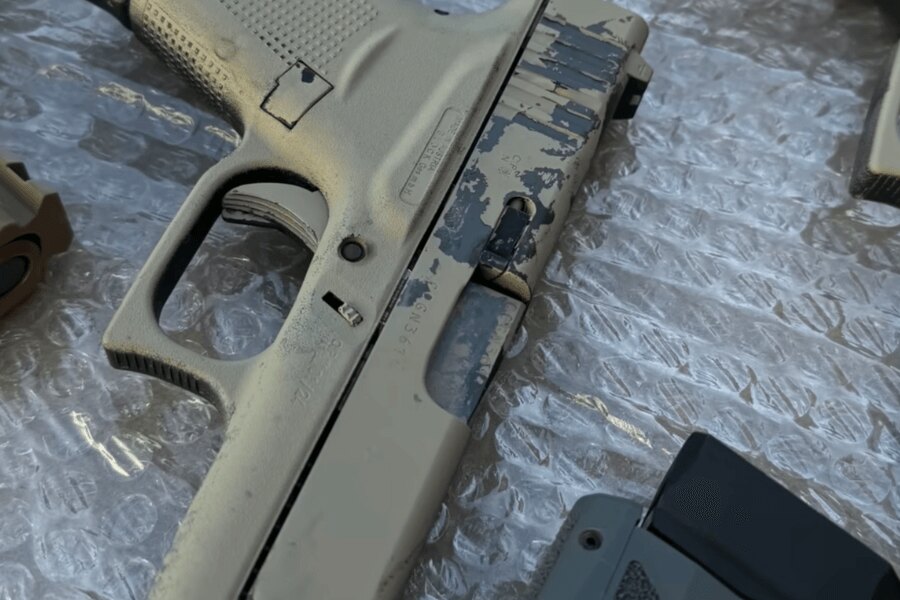
Contaminated water contains impurities, chemicals, or bacteria that can quickly cause surface corrosion and other problems.
1. Do not put off the dismantling
The weapon that has been exposed to contaminated water for some time should be thoroughly disassembled. First, perform a basic disassembly and assess the situation. If signs of rust appear, it will be necessary to continue with detailed disassembly. If you are not sure about the complete disassembly, contact a gunsmith or shooting instructor.
Longer firearms naturally require more time to disassemble than shorter ones. In any case, it is important not to skip any part, as even a small amount of water inside the mechanism can cause long-term damage.
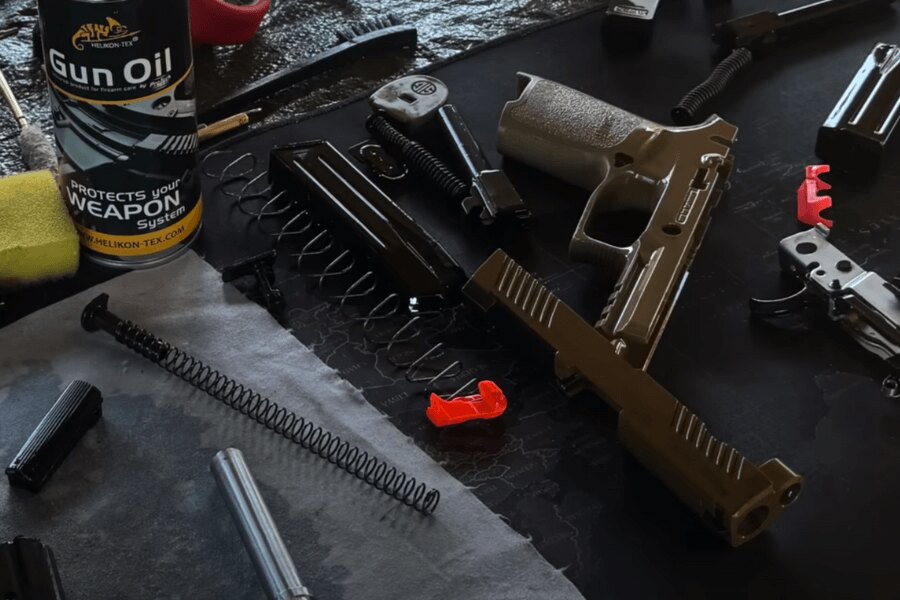
Contaminated water can cause surface corrosion. Therefore, it is important to do a thorough disassembly and carefully inspect all parts of the weapon.
2. Thoroughly clean all parts
Once you have completely disassembled the weapon, it's time for cleaning. To remove water and dirt from hard-to-reach places, such as joints or the internal parts of the barrel, use a compressor or compressed air. If there are rusty spots on some components, use steel brushes, fine steel wool, or sandpaper, and cleaning agents suitable for rust removal.
Floodwater may contain various impurities, including bacteria, chemicals, and other aggressive components that can accelerate corrosion. Therefore, it is important not to rush the cleaning process and to pay attention to details. For the same reason, especially at this stage of maintenance, do not forget protective equipment such as rubber gloves and goggles, which protect against aggressive substances and rust dust.
3. Treat the weapon against corrosion
The next step after thorough cleaning is to protect the weapon against future damage. Apply CLP (cleaning, lubrication, protection) oil to all metal parts of the weapon, which not only protects the metal from further damage but also improves the weapon's functionality. This step is important for protection against moisture, which can linger even in places where the compressor did not reach.
4. Check in a week
After the first treatment, let the weapons air out for a few days. Then inspect them thoroughly again. Focus on all problematic areas such as sights, springs, or internal mechanisms that may be prone to corrosion. If you notice new signs of damage, repeat the cleaning process.
5. Sensitive areas
The following parts are usually the most susceptible to damage:
- Sights: These are often made of less noble metals that are not as resistant to corrosion. In some cases, they can be made of plastic or polymer, which tolerates water better, but metal sights need to be carefully cleaned and treated.
- Springs: Many springs are not made of stainless steel and are therefore susceptible to corrosion. If you find any signs of rust, clean and treat the springs with CLP oil, or consider replacing them.
- Breech and barrel: These key parts usually resist corrosion well, but it's important to make sure that water doesn't stay inside where it could cause damage later.
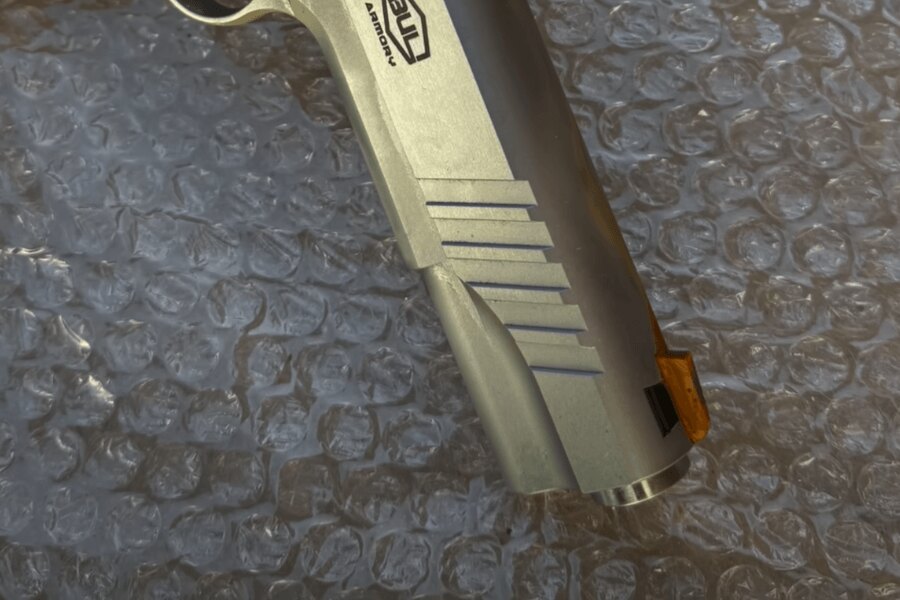
Sights are often made from less noble metals, which are not as resistant to corrosion. Plastic and polymer sights are exempt from this risk.
6. Final preservation
After complete cleaning and treatment, do not forget to properly preserve the weapons. Use plenty of preservative on all metal parts and ensure that the weapon is dry and stored in a dry place. If you have the original packaging, use it; alternatively, store the weapons in clean and dry cases.
Readers are further interested






































































































































